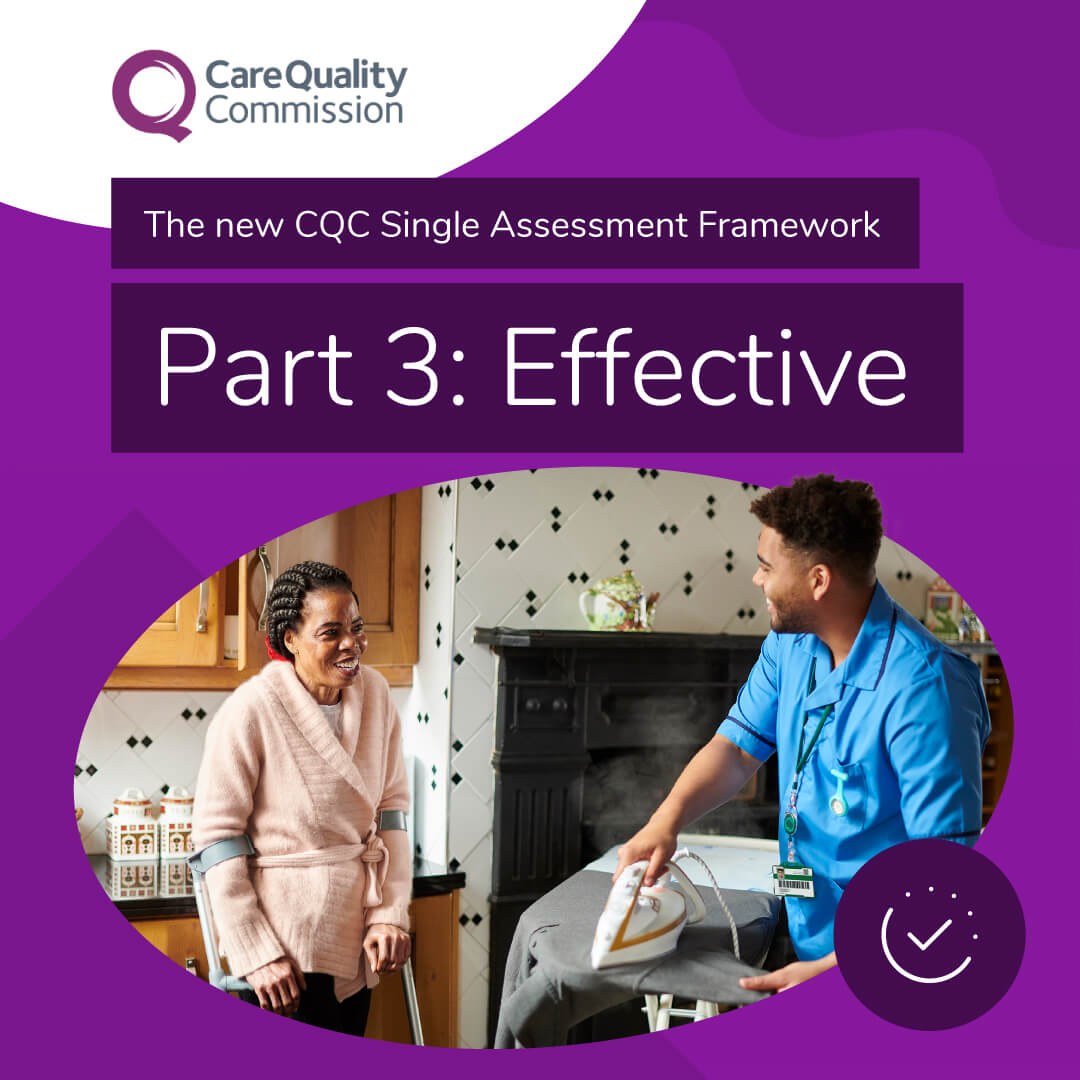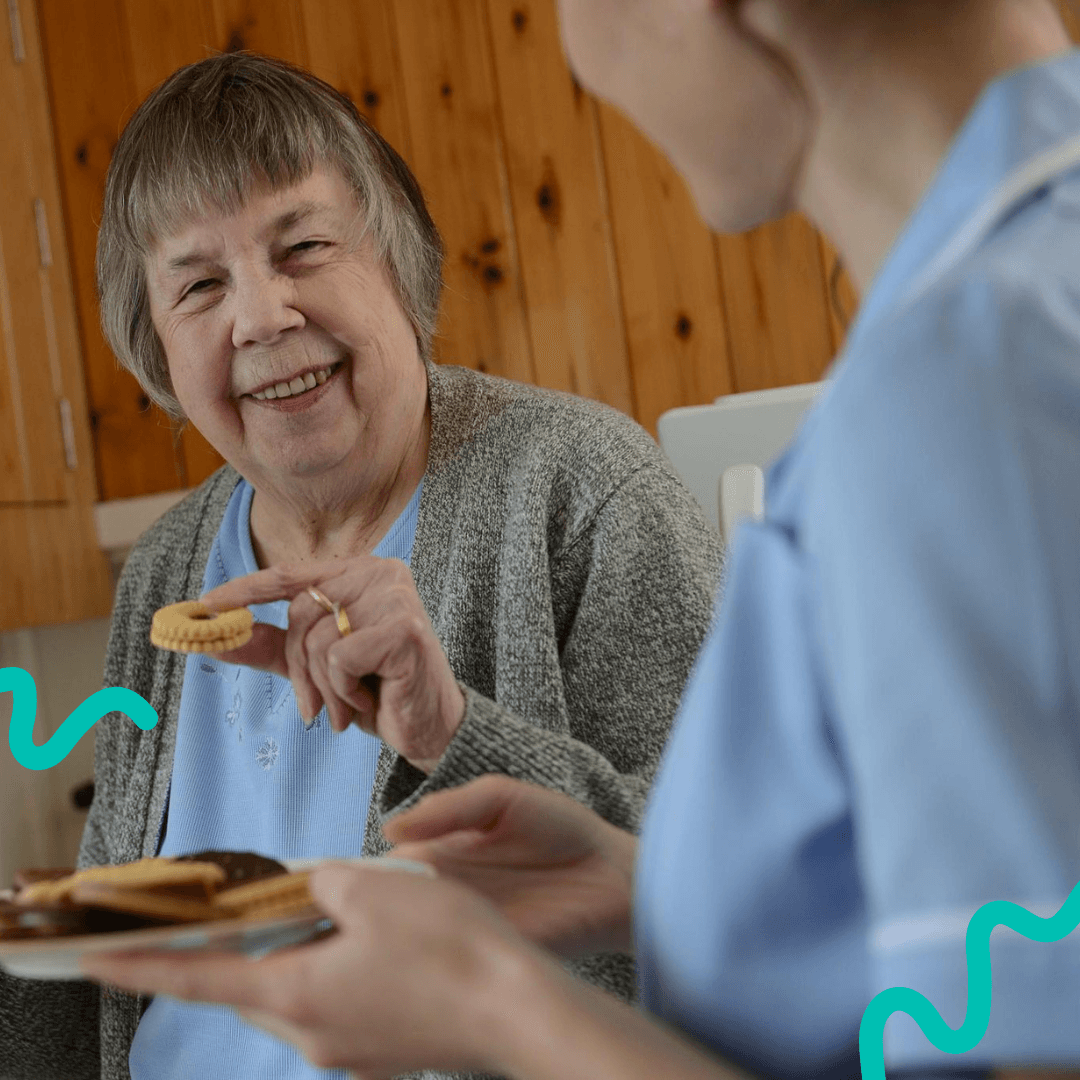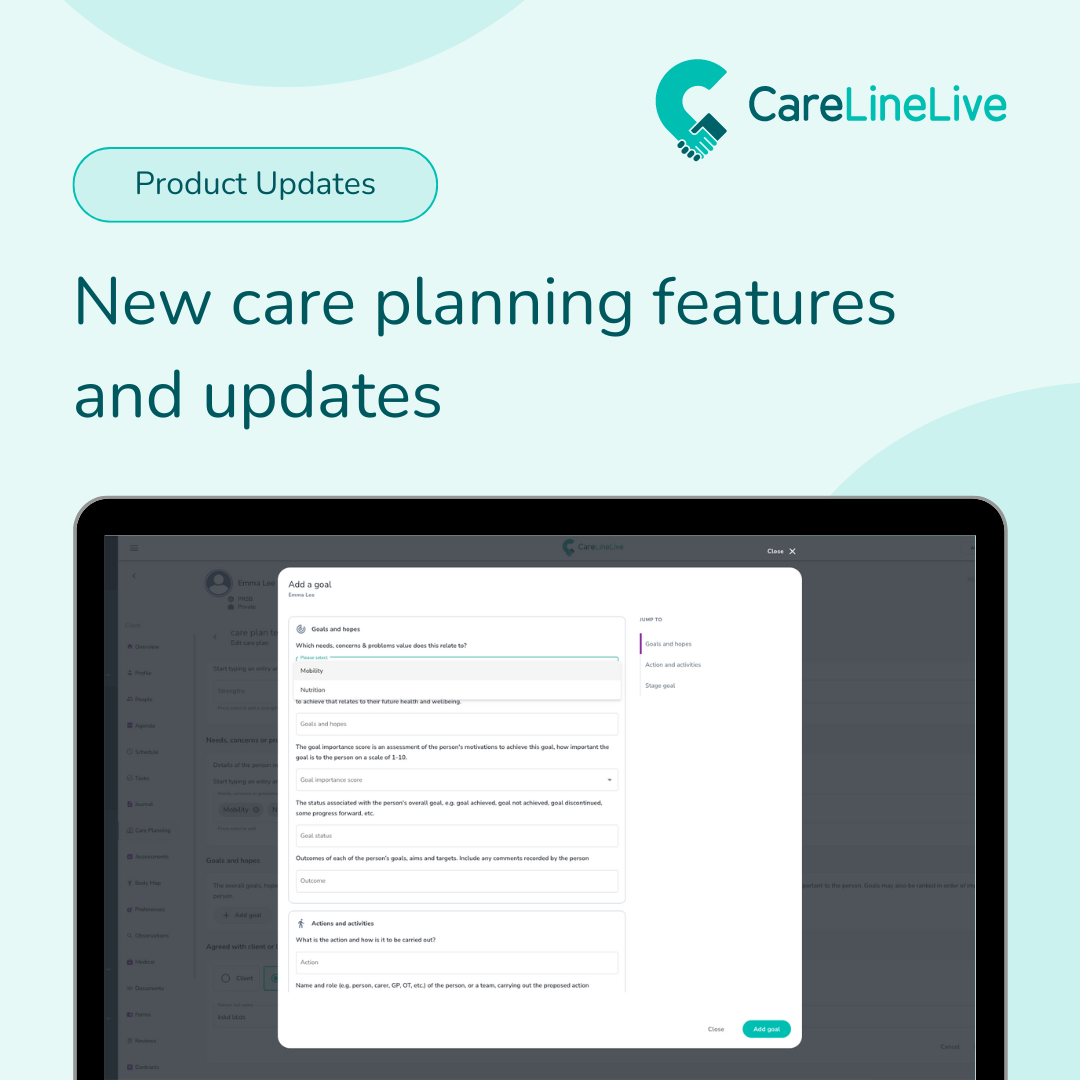What does an EFFECTIVE service look like?
EFFECTIVE can mean different things to different people, but certainly from a service user perspective, many desire to be supported to lead healthy and independent lives. People want to access and transition between services efficiently, with the sharing of information being used appropriately and to their benefit. This can be achieved by services working collaboratively, not only in day to day service delivery, but also in sharing insights regarding the wider community.
Developing innovative ways to monitor your service will pay dividends, a valuable source of information being feedback. To make sure that you get a full picture of the effectiveness of your service, it is prudent to gain perspective from a diverse group of people, honing in on all aspects of the service. The data will undoubtedly highlight what is being accomplished, areas that require improvement and areas that can be further developed.
Improving services takes a strong and EFFECTIVE leadership team which is proactive in initiating a culture of learning and development across the service. Evidence of this should be substantiated through performance indicators, insights and related actions.
CQC guidance on each quality statement and relevant regulations is clear. It is therefore straightforward to relate them to your service. The quality statements that relate to the key question of EFFECTIVE are:
- Assessing needs
- Delivering evidenced-based care and treatment
- How staff, teams and services work together
- Supporting people to live healthier lives
- Monitoring and improving outcomes
- Consent to care and treatment
Practical tips for evidence collection
Use the quality statements to dig deep into your service!
Evidencing that a service is EFFECTIVE is reliant on being able to give a full picture of the service. It should show that across the service there is an embedded, proactive culture which strives to deliver EFFECTIVE high quality, care, treatment and support.
The CareLineLive platform provides a great source of evidence. It will help you to showcase how you have been EFFECTIVE in person-centred care planning, service delivery and business management. Our reporting feature includes reports on bookings, visits and continuity, client and staff information – the list is extensive. It will demonstrate how you have gained useful data and insights into the service. Furthermore, you can demonstrate how you have used the insights to develop and improve the serviced. For more details see our Reports information.
Let’s take a look at the quality statements and what evidence can be used to support them.
Note: There is will be a crossover of evidence types for the quality statements, below are some suggestions.
Assessing needs
We maximise the effectiveness of people’s care and treatment by assessing and reviewing their health, care, wellbeing and communication needs with them.
Evidence suggestions:
- Person-centred care planning, reviews, risk assessments and risk management, evidencing proactive responses to identified communication needs. Evidence of innovative ways of meeting communication needs.
- Details of communications with service users and their advocates where choices, wishes and preferences are recorded and action planning is goal and outcome driven.
- Communications of actioning care and wellbeing improvement which is individualised to meet specific service user needs.
- Collaborative working and sharing of information with relevant services to maximise effective responses to information collated from assessing and reviewing service user needs.
See how CareLineLive’s assessment templates help with assessing needs.
Delivering evidenced-based care and treatment
We plan and deliver people’s care and treatment with them, including what is important and matters to them. We do this in line with legislation and current evidence-based good practice and standards.
Evidence suggestions:
- Person-centred care planning, reviews, risk assessments and risk management showing evidence of adherence to legislation and guidelines.
- Person-centered service delivery tasks, evidencing how tasks reflect what is important to the individual service user.
- Person-centred management of goals and outcomes which evidences best practice in meeting high standards of care and support.
- Feedback from service users, staff and stakeholders that instigates evidence-based learning and improvement across the service.
See how CareLineLive helps with Compliance.
How staff, teams and services work together
We work effectively across teams and services to support people. We make sure they only need to tell their story once by sharing their assessment of needs when they move between different services.
Evidence suggestions:
- Detailed ‘About Me’ assessments which are routinely shared with related services, showing how this has benefited the service user experience, staff and teams across a variety of services.
- Processes of sharing of up-to-date information between services and the benefits that this has on people who come in contact with the service.
- Details of communications with service users, their advocates and stakeholders, where choices, wishes and preferences are actioned and changing needs are communicated to relevant services.
- Collaborative working and sharing of information within services which evidences the positive impact on both staff and service users.
See how the CareLineLive Care Circle Portal helps staff, teams, services and client’s families work together.
Read how CareLineLive is partnering with the Professional Record Standards Body.
Supporting people to live healthier lives
We support people to manage their health and wellbeing so they can maximise their independence, choice and control. We support them to live healthier lives and where possible, reduce their future needs for care and support.
Evidence suggestions:
- Outcome based care planning which generates evidence of areas of improvement for people using services.
- Risk identification and process for management and evidencing of manages positive risk taking which directly improves confidence, health and wellbeing.
- Involving service users in person-centred nutrition and hydration management and evidencing the positive impact of healthy choices connecting directly with service user outcomes.
- Staff training to meet service user needs in all areas of health and wellbeing. Evidence of working with other services to support staff to meet the needs of people using services for example’ the impact of working with occupational therapists to meet the mobility needs of people using services.
See how CareLineLive’s Observations features helps support people to live healthier lives.
Monitoring and improving outcomes
We routinely monitor people’s care and treatment to continuously improve it. We ensure that outcomes are positive and consistent, and that they meet both clinical expectations and the expectations of people themselves.
Evidence suggestions:
- Person-centred, collaborative working in reviewing of goals, outcomes, achievements. Show how reviews are person-centred both in scheduling, content and actioning outcomes.
- Person-centred action planning for concerns and in response to incidents. Show how incidents are responded to, outcomes analysed to improve care management and the experience of people using the service.
- Quality assurance across the service evidencing how stakeholders are involved the how data is used to shape consistent outcomes for people using services.
- Process for continual feedback from people using services, staff and stakeholders that instigates learning and improvement
See how Delta Care use CareLineLive’s Incident Reports for more than reporting incidents.
Read about CareLineLive’s eMar and carer tools.
Consent to care and treatment
We tell people about their rights around consent and respect these when we deliver person-centred care and treatment.
Evidence suggestions:
- Evidence of transparency in sharing relevant information with people using services. This can be an explanation of consent in the context of your particular service, what people using services are consenting to, information on what they can expect from the service, a copy of the Fundamental Standards, the services terms and conditions, how to make a complaint.
- Person-centred tasks evidencing consent to deliver care, treatment and support
- Evidence of consent to share information
- Evidence of staff knowledge around consent
Read the rest of our series on the Single Assessment Framework
You can find our previous articles on the New Single Assessment Framework in the links below:
- The new CQC Single Assessment Framework. What we know so far.
- Care Quality Commission and moving forward with the Single Assessment Framework
- Single Assessment Framework – Are you transition ready?
- Single Assessment Framework – What does SAFE look like?



